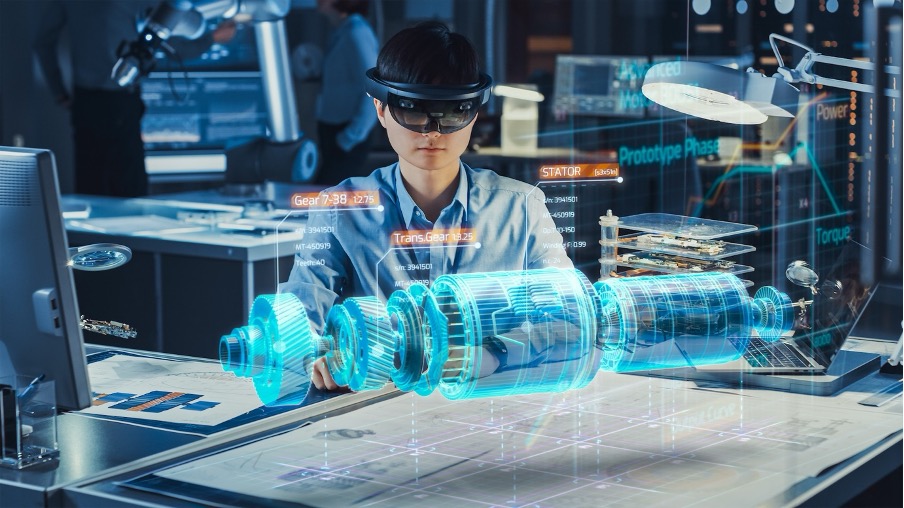What Is This Course About?
Have you ever played an immersive and addictive game and thought, “Why can’t learning be this fun?” With the AI and immersive simulations it can be!
This course powered by Nudle, invites you to step into an exciting world where technologies you’ve only dreamed of or seen in movies come to life.
This course is designed to do more than just teach—it’s crafted to ignite your curiosity and build your confidence in navigating the digital world. Through engaging hands-on exercises and interactive simulations, you’ll gain practical experience while having fun.
What You’ll Learn:
- Foundations of Emerging Technologies: Discover how Artificial Intelligence (AI), Extended Reality (XR), and Simulations are reshaping the future.
- Practical Skills for the Real World: Learn through simulations that mirror real-world scenarios, preparing you for future careers and challenges.
- Beginner-Friendly Approach: No prior expertise? No problem! This course gradually builds your knowledge from the ground up, ensuring everyone can follow and succeed.
Why It Matters:
As you navigate this journey, you’ll uncover how these powerful technologies can simplify your life, enhance your professional skills, and open doors to exciting new opportunities. You’ll explore:
- Intuitive user interfaces that make technology approachable.
- AI tools that help you work smarter, not harder.
- Simulated environments that provide practical, real-world insights.
By the end of this course, you’ll walk away with more than just skills—you’ll have a newfound excitement for technology and the confidence to embrace the future with open arms.



